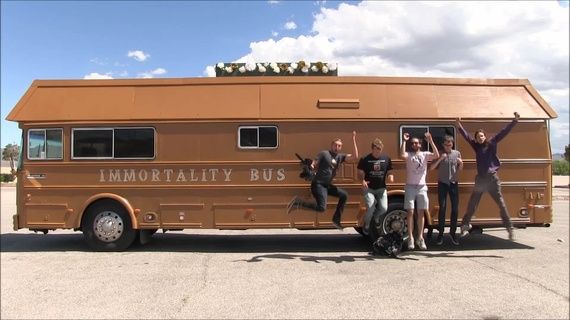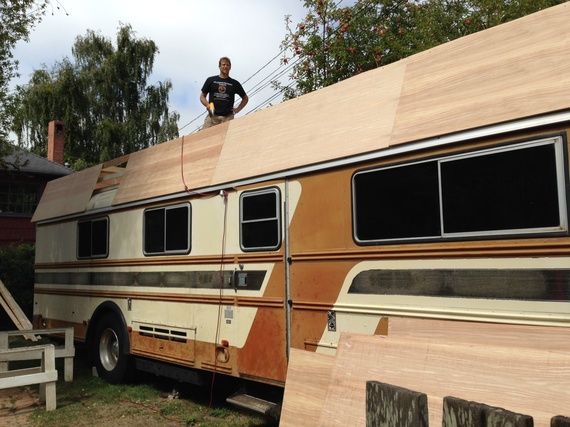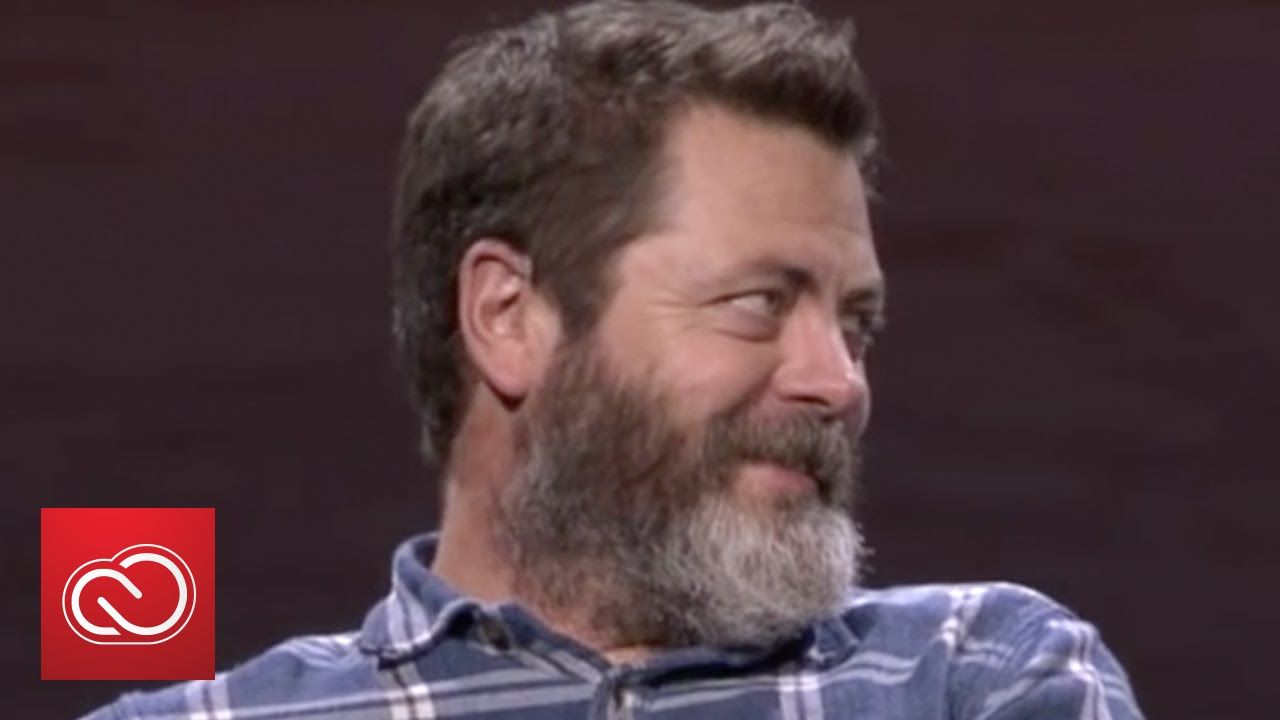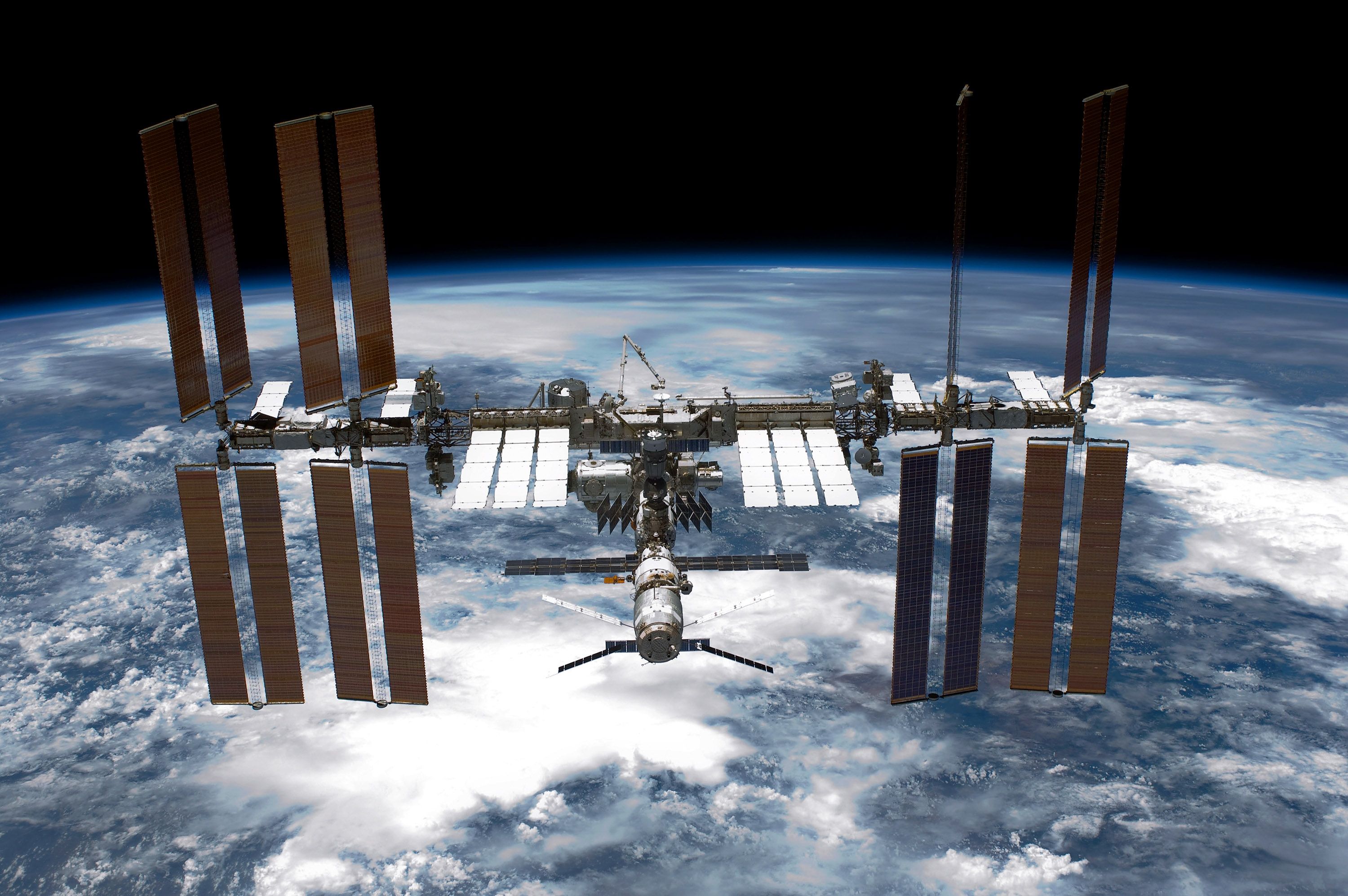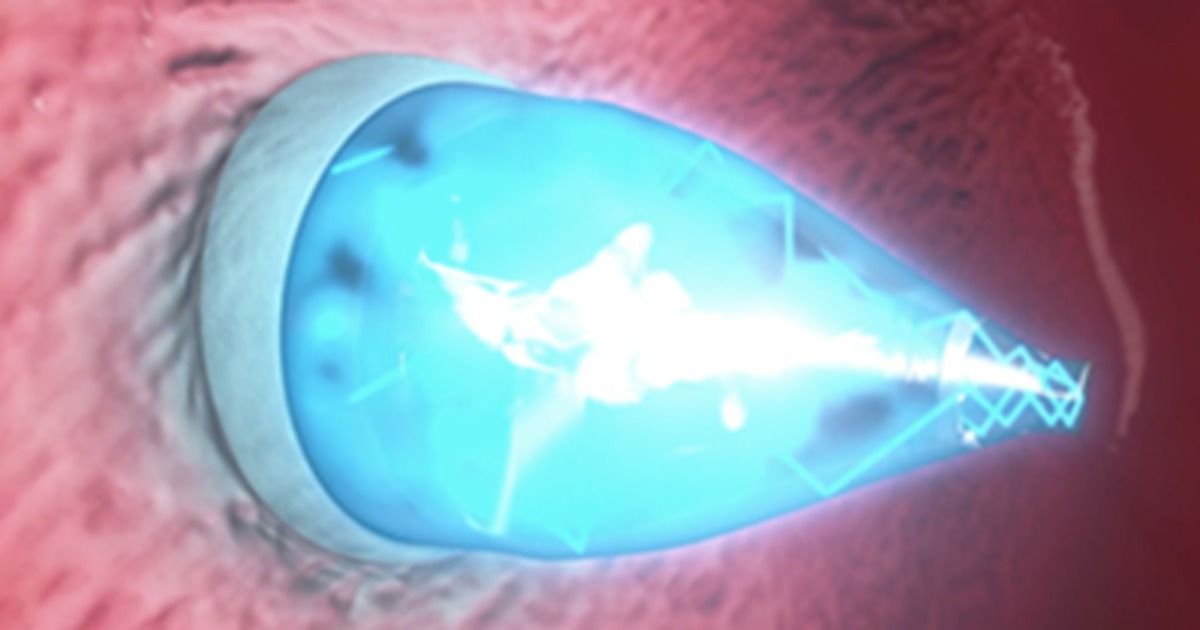What can skyrmions do for you? These ghostly quantum rings, heretofore glimpsed only under extreme laboratory conditions, just might be the basis for a new type of computer memory that never loses its grip on the data it stores.
Now, thanks to a research team including scientists from the National Institute of Standards and Technology (NIST), the exotic ring-shaped magnetic effects have been coaxed out of the physicist’s deepfreeze with a straightforward method that creates magnetic skyrmions under ambient room conditions. The achievement brings skyrmions a step closer for use in real-world data storage as well as other novel magnetic and electronic technologies.
If you have a passing familiarity with particle physics, you might expect skyrmions to be particles; after all, they sound a lot like fermions, a class of particles that includes protons and neutrons. But skyrmions are not fundamental pieces of matter (not even of yogurt); they are effects named after the physicist who proposed them. Until just recently, magnetic skyrmions had only been seen at very low temperatures and under powerful magnetic fields.

